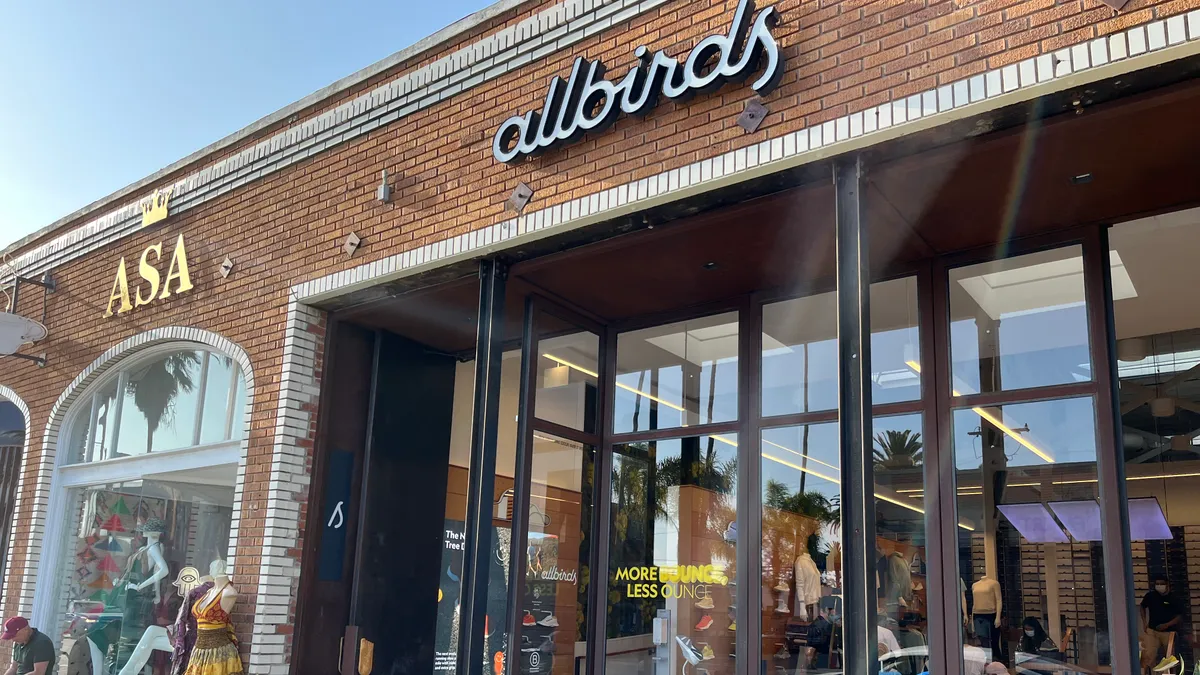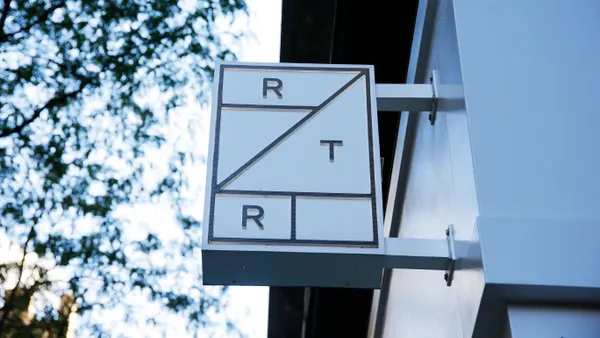Amazon’s multi-billion dollar acquisition of Whole Foods has been hailed as the arrival of a retail convergence between ecommerce and brick and mortar retail. This retail convergence is bringing the data and customer intelligence of online to physical stores. In truth, it is an indicator of an underlying evolution of retail that’s been going on for a while. Amazon definitely is on the front end of this convergence, but they’re hardly the only ones. Several online retailers, such as Indichino, Fabletics, Modcloth.com and Bonobos, are starting to compete in new ways.
With e-tailers establishing beachheads in the traditional space, the message to brick and mortar store operators could not be clearer: act now to respond to changing buying dynamics and customer needs. Evolve to compete in a new, converged ecommerce/brick & mortar reality or cease to exist. In particular, invest in new technologies that enable deeper consumer behavior insights to inform the customer experience.
From our vantage point at the intersection of the online and physical worlds, we’ve seen the convergence coming. It brings formidable challenges for both camps. E-tailers like Amazon know every movement we make on their sites—when we log in, what we search for, what we abandon and how we review products. This has allowed them to redefine the shopping experience by providing customized curated product lists, along with reviews, price options, easy purchasing, same-day shipping and simple returns.
- In the store, shopper traffic and behavior data, captured by new sensing and pathing technologies, give brick-and-mortar retailers the same level of customer traffic intelligence as their ecommerce counterparts. These devices sense in-store activity as it happens. This helps retailers see and address friction points – such as long checkout lines and spaces with high dwell times but low conversion.
- Out of store data, such as demographics, retailer spending history, product purchasing habits, online interests and purchase intent indicators can be captured at the household level, giving online and traditional retailers a 360 degree view of their customers for a more intimate and personalized engagement.
- Richer consumer data is enabling new measurement models that provide closed-loop shopper analysis from intent to purchase.
The retail convergence is here, and is being manifested in new shopping models. Retailers that adapt and make necessary adjustments to the overall experience (online & instore) to meet their customers’ needs will win. The seminal question is: “what does that customer really want?”. They want understanding and a frictionless experience. How do we get there? Data—in the store, out of the store, and overall measurement—helps answer that question and creates the revolution.










